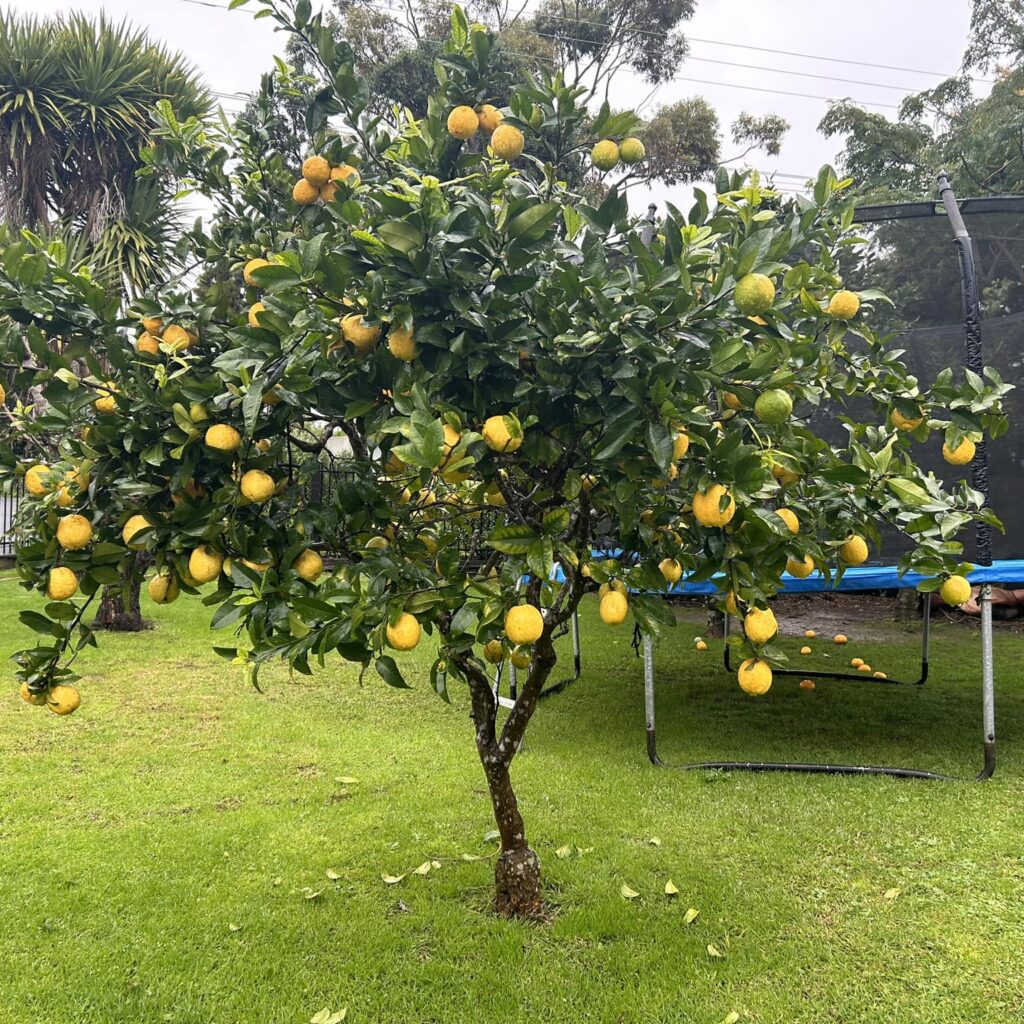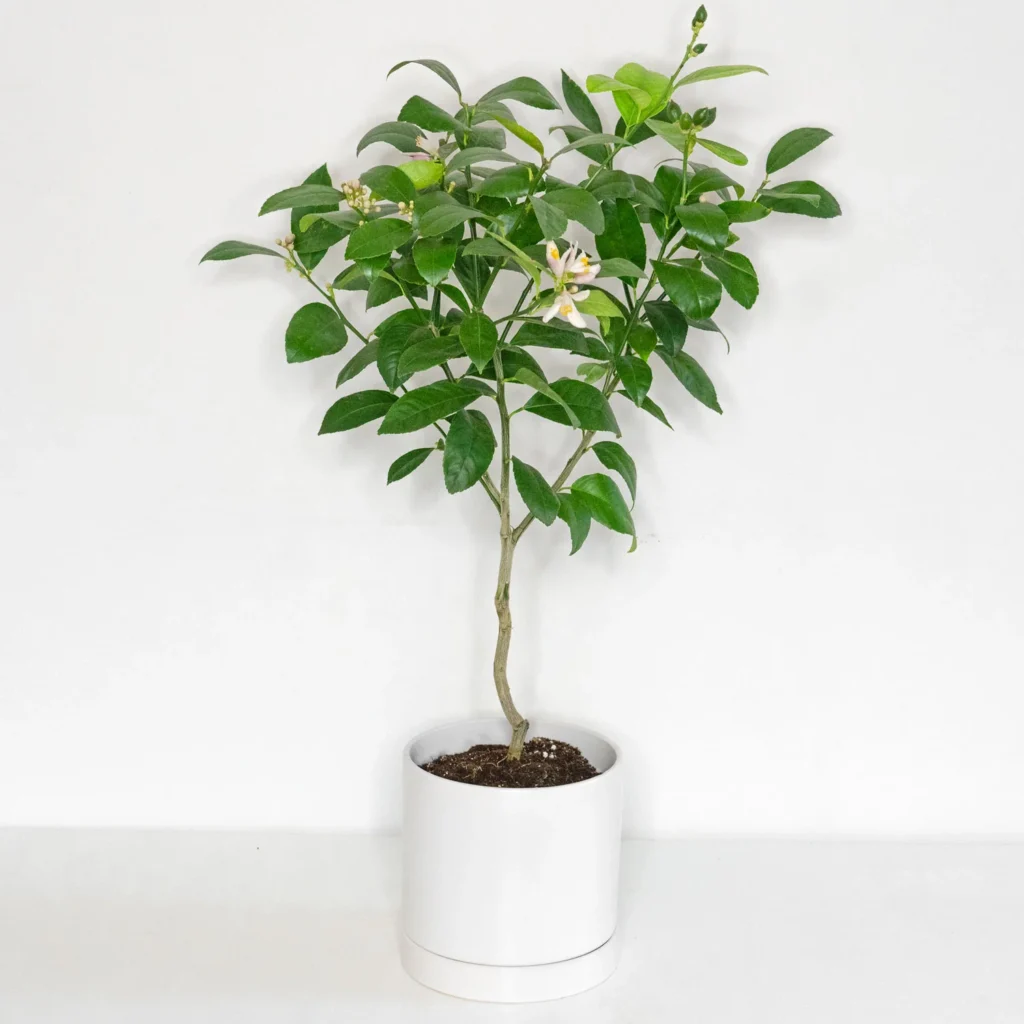The lemon tree (Citrus limon) is one of the most popular and rewarding fruit trees for both home gardeners and commercial growers. Its bright, aromatic fruits and glossy, evergreen leaves bring life and zest to any garden, patio, or orchard. Native to Asia, lemon trees have become naturalized in warm, temperate, and subtropical regions worldwide.
While lemon trees are relatively hardy once established, proper watering is essential for maintaining their health, encouraging flowering, and maximizing fruit production. One of the most frequently asked questions by growers is:
“How often should you water a lemon tree?”
In this comprehensive guide, we’ll explore how often to water lemon trees at different stages of growth, seasonal adjustments, environmental factors affecting water needs, best watering techniques, and common mistakes to avoid.
Understanding the Lemon Tree’s Natural Habitat

To establish a suitable watering schedule, it’s helpful to consider the lemon tree’s native growing conditions:
- Native habitat: Southeast Asia
- Preferred environment: Warm, sunny climates with well-drained soils and moderate, regular moisture
- Growth habit: Small to medium-sized evergreen tree, typically 10–20 feet tall in cultivation
Lemon trees are moderately drought-tolerant but thrive best in moist, well-drained soils without prolonged periods of dryness or excessive saturation.
How Often Should You Water a Lemon Tree?

General Watering Guidelines
- Newly Planted Lemon Tree (First 6 Months):
Water every 2–3 days for the first month to help establish roots.
Then, reduce to once or twice a week depending on soil moisture and weather. - Young Lemon Tree (6 Months to 3 Years):
Water once every 3–5 days during dry, hot periods and once a week in cooler weather. - Established Mature Lemon Tree (3+ Years):
Water every 7–14 days, providing a deep soak each time.
During hot, dry seasons or droughts, increase watering to every 5–7 days. - During Flowering and Fruiting:
Keep soil consistently moist, watering every 3–5 days to support flower development, prevent fruit drop, and maintain high-quality fruit.
Key Principle:
Deep, infrequent watering is better than frequent, shallow watering. Always allow the top few inches of soil to dry out between waterings.
Factors That Affect Lemon Tree Watering Frequency

Several factors influence how often your lemon tree will need water:
Climate and Weather
- Hot, dry, or windy weather increases water loss, requiring more frequent watering.
- Cool, cloudy, or humid conditions reduce water needs.
- Frosty winters require minimal watering, as the tree enters a semi-dormant state.
Soil Type and Drainage
- Sandy soils drain quickly and dry out faster, needing more frequent watering.
- Loamy soils hold moisture well and require moderate watering.
- Clay soils retain moisture longer but risk waterlogging; ensure excellent drainage.
Ideal soil is loose, rich in organic matter, and well-draining with a pH of 5.5–7.0.
Tree Age and Size
- Young trees with shallow roots need more frequent watering.
- Mature trees develop deeper, more extensive root systems and tolerate longer intervals between waterings.
Container vs. In-Ground Lemon Trees
- Potted lemon trees dry out faster than those planted in the ground and often require water every 1–3 days in hot weather.
- In-ground lemon trees retain moisture longer, needing less frequent but deeper watering.
How to Know When Your Lemon Tree Needs Water

Soil Moisture Test
Insert your finger or a moisture meter 2–4 inches into the soil:
- If the soil feels dry at this depth, it’s time to water.
- If it’s still moist, wait another day or two before checking again.
Leaf Condition
- Wilting, curling, or drooping leaves indicate dehydration.
- Yellowing leaves can signal both overwatering and underwatering — always check soil moisture before adjusting watering.
Fruit Drop
Premature fruit drop is a common sign of inconsistent soil moisture during fruiting season.
How to Water a Lemon Tree Properly

Deep, Slow Watering
Water deeply so moisture penetrates 18–24 inches into the root zone. Avoid surface watering, which encourages shallow, weak roots.
Water at the Drip Line
Water around the outer edge of the tree’s canopy (drip line) where feeder roots absorb most water, rather than directly at the trunk.
Use Mulch
Apply a 2–4 inch layer of organic mulch (compost, straw, or bark) around the base of the tree. This conserves soil moisture, moderates temperature, and suppresses weeds. Keep mulch 4–6 inches away from the trunk.
Morning Watering
Water early in the morning so foliage and soil surfaces dry before evening, minimizing fungal diseases.
Seasonal Watering Chart for Lemon Trees
| Season | Young Trees (0–3 yrs) | Mature Trees (3+ yrs) |
|---|---|---|
| Spring | Every 3–5 days | Every 7–10 days |
| Summer | Every 2–4 days | Every 5–7 days |
| Monsoon/Rainy | Reduce based on rainfall | Reduce or skip watering |
| Autumn | Every 5–7 days | Every 10–14 days |
| Winter | Every 7–10 days | Every 14–21 days |
Adjust based on rainfall, soil type, and local climate.
Signs of Overwatering and Underwatering
Overwatering Symptoms
- Yellow, wilting leaves
- Root rot (soft, black roots)
- Stagnant, overly wet soil
- Mold or fungal growth at soil surface
Solution:
Improve soil drainage, reduce watering frequency, and remove mulch from direct trunk contact.
Underwatering Symptoms
- Drooping, curled leaves
- Dry, cracked soil
- Leaf tip browning
- Premature flower or fruit drop
Solution:
Increase watering frequency and check soil moisture daily during hot, dry periods.
Best Watering Practices for Lemon Trees
Use Drip Irrigation or Soaker Hoses
This ensures slow, even watering directly to the root zone, conserving water and reducing disease risks.
Ensure Good Soil Drainage
Avoid heavy clay or compacted soils. Improve with compost, sand, or organic matter.
Monitor Soil Regularly in Hot Weather
During heat waves or drought, check soil moisture daily to prevent dehydration.
Adjust Watering with Rainfall
Suspend or reduce supplemental watering during periods of heavy rain.
Mulch for Moisture Retention
Mulch stabilizes soil temperature, reduces evaporation, and limits weed competition.
Common Watering Mistakes to Avoid
- Overwatering in winter or rainy seasons
- Allowing soil to fully dry out in peak summer
- Frequent, shallow watering
- Watering too close to the trunk
- Neglecting soil and weather monitoring
Conclusion
Lemon trees flourish with consistent, deep, and well-regulated watering practices tailored to their age, environment, and seasonal needs. While they are somewhat drought-tolerant once mature, regular moisture ensures better fruit set, larger harvests, and overall plant health.
In summary:
- Water newly planted lemon trees every 2–3 days initially.
- Young trees typically need water every 3–5 days, and mature trees every 7–14 days.
- Deep, slow watering encourages a healthy, deep root system.
- Always check soil moisture before watering.
- Use mulch and irrigation systems for optimal water management.
By adopting these guidelines and adjusting based on local climate and soil conditions, your lemon tree will thrive — offering fragrant flowers, glossy foliage, and bountiful harvests for years to come.




Leave A Comment